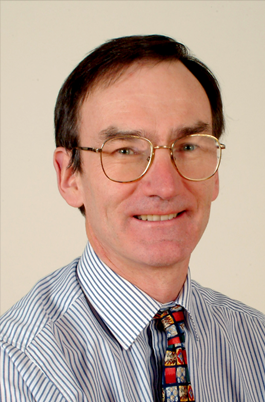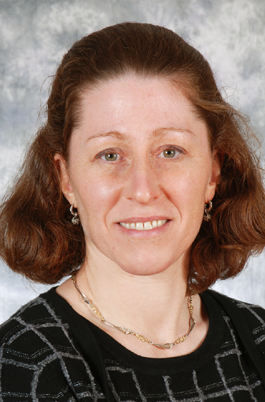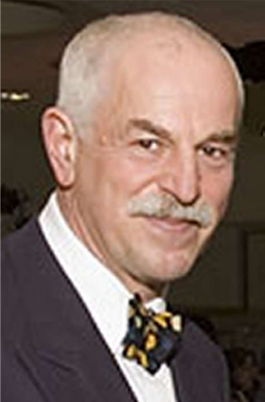 |
|
|
Issue 2, 2010 Welcome to the second issue of JCDA Express, an e-newsletter that brings you concise information about important developments in the dental and biomedical literature pertinent to Canadian dental practitioners. For this issue, our contributors have selected articles on curing lights, orthodontic relapse and dental materials. We are pleased to provide you with access to the full text of all the articles until May 8, 2010. This temporary access is made possible through the support of the American Dental Association (ADA) and Elsevier. To find out more about the publications featured in this issue, click on the links in the Notes and News sidebar.
Yours sincerely,
Curing Lights
View article
|
NOTES AND NEWS
SET YOUR SIGHTS ON MONTREAL!
SEARCH THE JCDA CLASSIFIED ADS
STAY UP-TO-DATE ON INFECTION CONTROL
CHECK OUT THE PUBLICATIONS FEATURED IN THIS ISSUE
SPREAD THE WORD
|
|
Reasons for recommending this article: This review is an unbiased report on the capabilities of 9 different dental curing lights of various types (7 LED, 1 PAC and 1 QTH). The information is clinically relevant and of clear importance to practising dentists. A world expert on the topic of curing lights, Dr. Fred Rueggeberg of the Medical College of Georgia in the U.S., also provides an excellent review of what to look for when purchasing a curing light.
Free e-subscription to the ADA Professional Product Review: Special offer for Canadian dentists
ADA Professional Product Review is a quarterly publication that provides unbiased, scientifically sound comparisons of professional dental products. It is designed to help dental professionals make informed purchase decisions about products they currently use or that they are considering purchasing in the future.
Orthodontic Relapse
View article
Key points:
Reasons for recommending this article: This study is a large retrospective, evidence-based clinical research study that addresses a clinical challenge. The topic represents an interdisciplinary clinical area that general practitioners and specialists may likely see in their practice. The study is logically presented and includes a self-critique of the methods as well as a clear discussion of the possible reasons for the orthodontic relapse. Fixed retention, a feasible clinical treatment, is recommended as a method to alleviate the problem of post-treatment root convergence. Related article
Kokich VG. Maxillary lateral incisor implants: planning with the aid of orthodontics. J Oral Maxillofac Surg.
Dental Materials
View article
Key points:
Reasons for recommending this article: Over the last several years, the use of self-etching materials, both in dental adhesive systems and in resin cements, has increased dramatically. Personally, I believe there are quite a few issues with these systems that have not been fully addressed and could compromise the success of restorations. For example, the article identifies a concernedly low degree of conversion in the 4 self-etching, self-adhesive resin cements being investigated. The low degree of conversion, coupled with the possibility of continuous etching of the substratum, raises some as yet unanswered questions regarding the long-term performance of these materials. Article 2: Erickson RL, Barkmeier WW, Kimmes NS. Fatigue of enamel bonds with self-etch adhesives. Dent Mater. 2009;25(6):716-20. View articleFull-text access to this article has expired.
Key points:
Reasons for recommending this article: I found this article interesting from 2 points of view. First, the study uses a fatigue methodology (I am a strong believer that to have the slightest in vivo predictability, in vitro investigations should include fatigue testing) and, second, it raises awareness of possible shortfalls related to the use of self-etching bonding systems (see the article by Vrochari et al. above). The authors identified a significantly shorter fatigue life of composite–enamel bonds mediated by self-etching bonding systems compared to those mediated by etch-and-rinse systems.
CDA's
Website Privacy Policy applies to this email communication.
|
|
Cite this as: J Can Dent Assoc ;76:
Date
Body




